Book holders
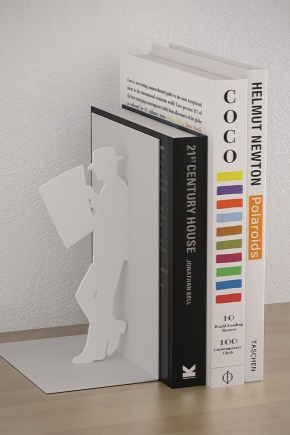
Every person in the modern world has such a subject as a book, regardless of whether he is fond of reading or not. For some, books have become a kind of legacy, left over from their parents or grandparents. Most often, literature was placed in cabinets and on shelves, because earlier production was of the same type, books practically did not differ in their covers, respectively, and were not displayed "for show", and rare, beautifully decorated copies could only be afforded by a few.
Now everything has become different - even the most unusual book can be purchased by absolutely any reader. Some designers use books for unusual solutions in the interior of a house or apartment - they place them on shelves, tables, cabinets, use various holders or stands.
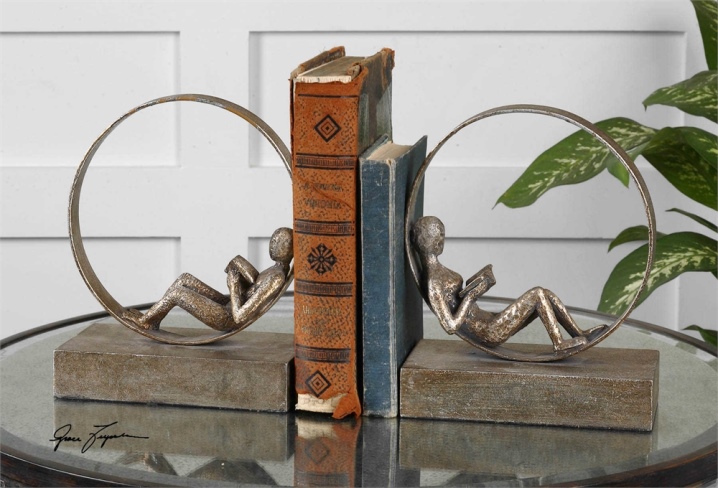
Peculiarities
The space in the library is usually completely filled with books, they stand on shelves and are supported by the side walls of shelving. But what to do with publications if the shelf is left unfilled? I don't want to leave the books lying around, it just can ruin the whole interior.
At first, people took advantage of what came to hand, creating a kind of restraints or holders. For this, various decorative figurines, flower pots, materials that were in the house could be used: wood, plywood, drywall, and so on. In the modern world, special book holders are made for vertical support - they can be either factory-made or made by hand. Some look like a hybrid of whatnot and paperweight. The holder has got its "zest" from the bookcase - thanks to this it becomes a wonderful decoration of the house and interior, from the paperweight also got the weight, which helps to support the heavy specimens.
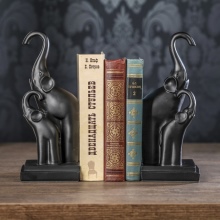

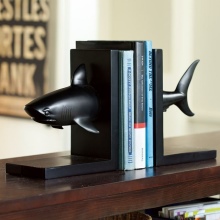
A book holder is a device for holding books in an upright position on a half-empty shelf or on a table if it is a "desk book".
In addition to universal models of book holders, special ones are also produced to support a certain number of books.
American William Stebbins Bernard on February 6, 1877 became the first to patent the book holder, although they have been used at different times, since the beginning of the appearance of books.
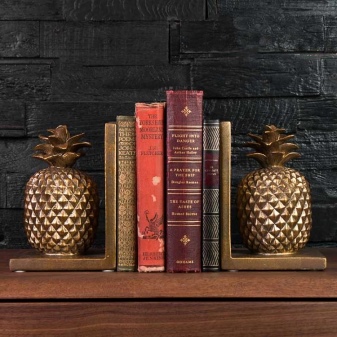

Design
The base of book holders can be made of a variety of materials - metal, wood, glass, plastic, stone and others.
The book holder is more about an accessory than a daily necessities. Most often they are made in the form of decorative table figurines. A century ago, this item was not so popular among buyers: pupils-students left their books on the floor and in bulk on the table, scientists and professors - in their personal library, on shelves, and girls used whatnots decorated with carvings and ornaments.
Quite often, the children's room was supplemented with antiques and various antiques.
It was believed that this instills an aristocratic and refined taste in the child.
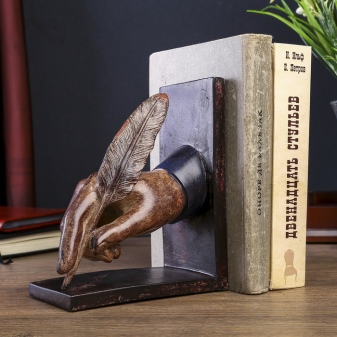
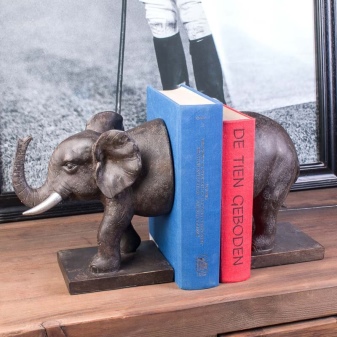
The variety of the modern market allows you to buy an accessory for every taste. These can be themed holders in the form of animals - a cat, an elephant, a horse. Figures based on a fairy tale, for example - brownies, mermaids. Armor-shaped holders are suitable for history books, and unusual and terrifying creatures for fantasy and horror.
Combined items look original and beautiful, which are easy to choose for a certain style of interior. So, for the classics, wooden and carved objects are preferable, and the high-tech style will be decorated with metal book holders with glass or chrome inserts.
It is worth noting the book stand-music stand - this is also a kind of holder. Previously, the binding of a book was created from thick leather, decorated with corners and clasps made of metals, various precious stones, and it was simply impossible to hold such a manuscript in weight.
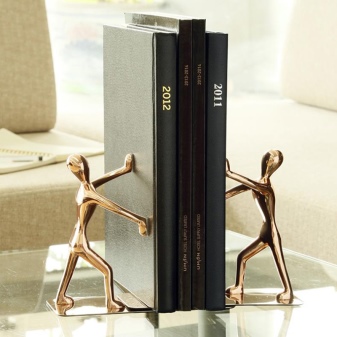

Manufacturers
Book holders are manufactured by many companies. Let's list the most popular ones.
- Eichholtz Is a Dutch brand of designer furniture and decor items. The company creates its products only from high quality materials such as oak, white pine, mahogany. The glass undergoes a multi-stage tempering technology. Only safe metals are used - bronze, steel, brass, nickel.
Despite their high price, book holders will not leave connoisseurs indifferent - a unique finish with natural leather, marble and unexpected colors will pleasantly surprise you.
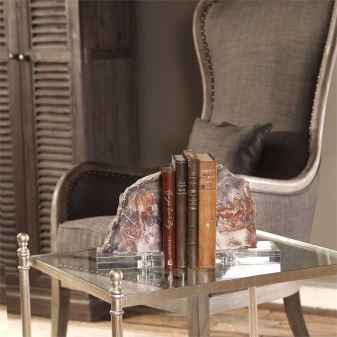
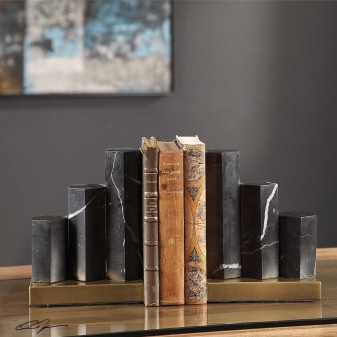
- Blomus - the brand, which came from Germany, is distinguished by its unique design. The main material for production is stainless steel. Despite its simplicity, designers manage to create something plastic, airy and unusual out of it.
All manufactured items differ not only in their functions, but also in beauty, comfort, and meaning.
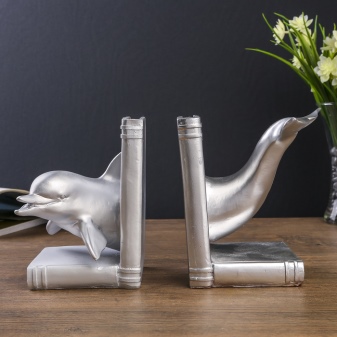

- Creative Co-Op Home Is a popular Russian manufacturer. He gained popularity thanks to his love for high culture, art and design. Their furniture, dishes and décor items are created thanks to the collaboration of artists and designers.
The brand combines quality and style, the buyer will find here items for every taste and for any interior.
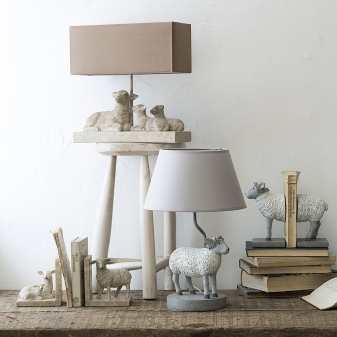
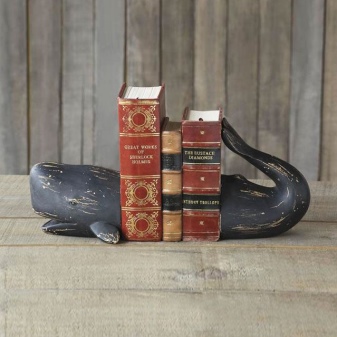
- Balvi Is a Spanish brand, one of the leading manufacturers of home furnishings, distinguished by quality, reliability and unique design. In production, only reliable materials are used, all technologies and requirements are observed. Their products will decorate not only the home, but also the office, restaurant, cafe.
Of course, there are more economical options, for example, in the IKEA chain of stores, you can buy simple but modern book holders.
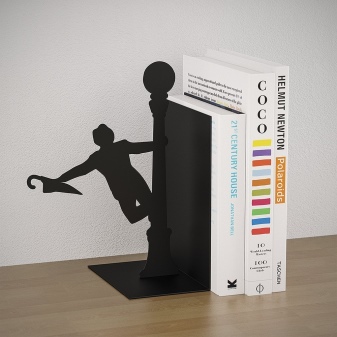
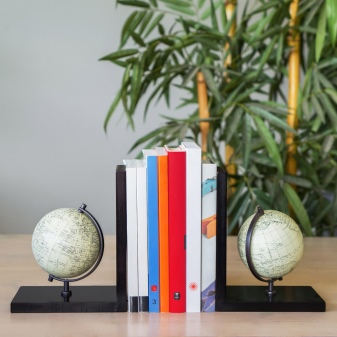
How to do it yourself?
This article will describe a step-by-step master class on making a plaster book holder. It will be made in the form of the English letters A and Z. First you need to purchase gypsum, and it is best to take several small packages so that the mixture does not remain open for a long time, since it does not store for a long time in this form. And prepare letter templates.
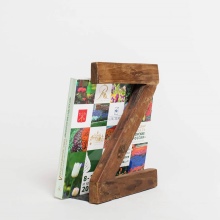
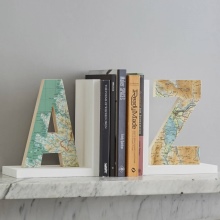

- Letters are translated onto a piece of hard cardboard using ready-made stencils.
- So that when cutting out the edges are not torn and uneven, the cardboard is pasted over with tape.
- Now the letters are cut strictly along the contour.
- The base for future holders is ready. The next stage is the preparation of the side parts. For this, long pieces of cardboard are also treated with tape and strips 6.5 cm wide are outlined.
- To make the workpiece easy to bend and give it the desired shape, small cuts are made across the entire surface of the strip.
- Next, the blanks are glued to the base. For this, it is advisable to use hot melt glue. After the letters and sides are glued together, you need to glue all the joints with glue again. This is necessary so that there are no holes through which gypsum can flow out in the future.
- You will also need pieces of gauze or cotton fabric. They are needed to strengthen the solution - they will fit between the layers of gypsum.
- Now that all the preparatory steps have been completed, you can begin to dilute the gypsum mixture. Plaster is very difficult to work with. The curing time is approximately 6 minutes, so it is best to apply the mixture in several stages.
- The prepared solution is poured into a mold in two layers, between which the fabric is laid.
- The surface of the plaster is leveled, all excess is removed. Now you need to leave the letters to dry for a day. If, after removing the cardboard, a hole or chip has formed, they can also be filled with plaster mortar. And be sure to let it dry for another 24 hours.
- Days have passed - now you can remove the cardboard blank and sand the surface with sandpaper.
- The final stage is painting the holders. It is advisable to use paint from a balloon. An obligatory moment - the letters must be degreased.

The letter book holders are ready! This is a simple master class, and everyone can repeat it.
Beautiful examples
The most unusual and interesting solution will be a textile book holder. A cozy option that will fit into any interior. The main thing is to choose the right fabric. For the Provence style, cotton fabric with a small pattern is suitable. Scandinavian style will be adorned with linen or canvas material. Fabrics with geometric patterns are characteristic of modern design, and noble velvet will become indispensable for the classics. The filler will be small pebbles or cereals - rice, beans, pearl barley.
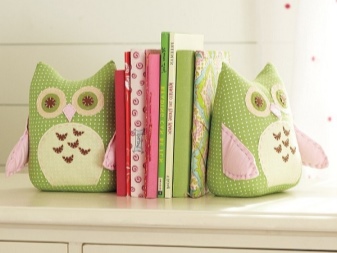
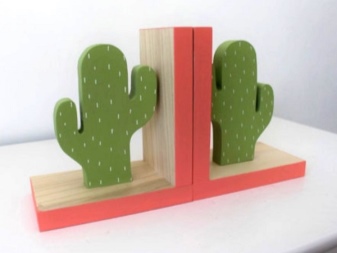
Children's rubber toys can also be used. You can use one product, cutting it in half and placing each part on a pedestal, or two identical figures - then both parts of the holder will be in a "mirror" reflection.
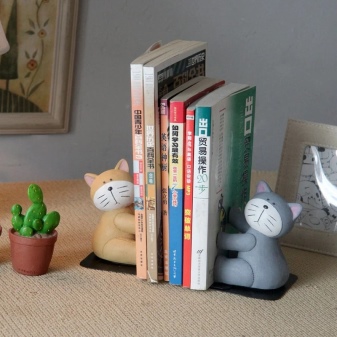

It will be practical to choose naturalness. - wooden logs, treated from parasites and painted under various imitations (for example, layers of earth) look very beautiful.

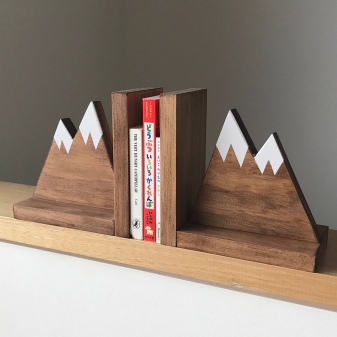
Option for girls who have graceful high-heeled shoes. For the past few years, shoes have only adorned the shelves of the closet, why not use them as a holder for your favorite books? Such decor will look original in a house with a glamorous or brutal style.
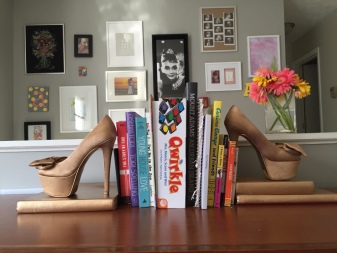
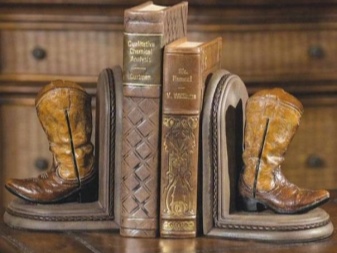
Do not forget about the color scheme - gold color can change things beyond recognition... The simplest option would be a rough stone, a brick shard, or a boring statuette painted in gold.
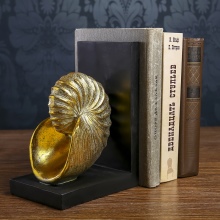
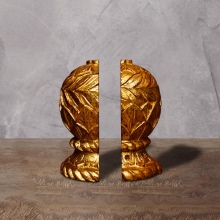
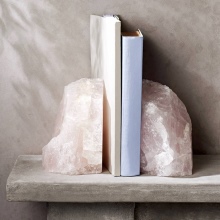
Another practical option is 2 in 1. Any glass, mold or holder for pens and pencils is decorated and decorated to your liking. Such a book holder will not only hold prints in an upright position, but will also allow you to place various office supplies, incense sticks, flowers and much more.
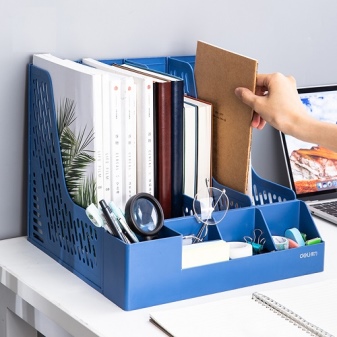
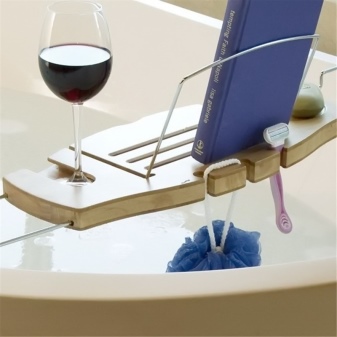
A master class on making a book holder in the video below.













The comment was sent successfully.